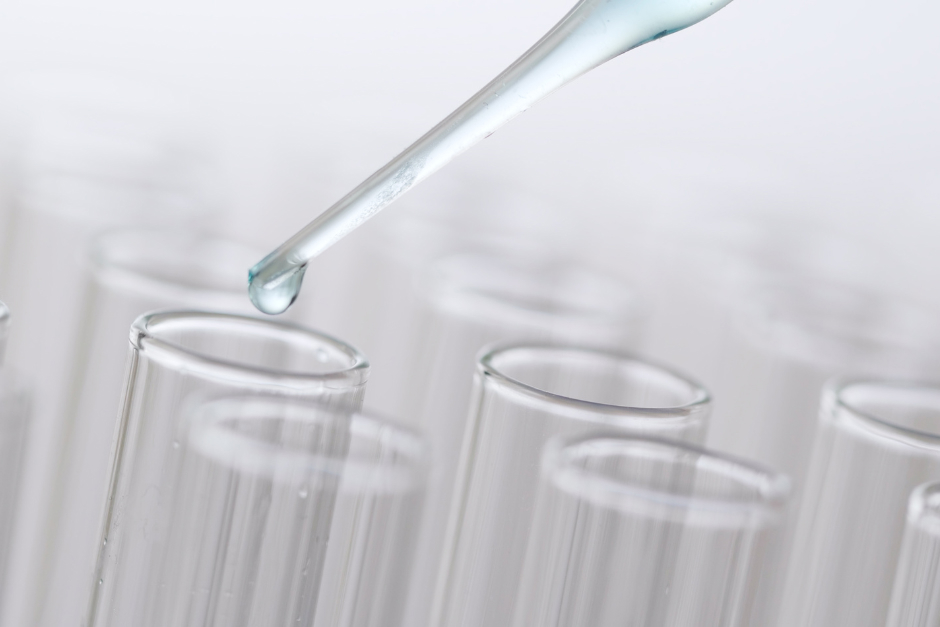The new article describes in detail specific aspects related to the reporting requirements associated with performance studies involving in vitro diagnostic medical devices.

Table of content
The Medical Device Coordination Group (MDCG), an EU advisory body in the sphere of medical devices, has published a guidance document dedicated to safety reporting in performance studies of in vitro diagnostic (IVD) medical devices under Regulation (EU) 2017/746 (IVDR).
The document provides an overview of the applicable regulatory requirements, as well as additional clarifications and recommendations to be taken into consideration by medical device manufacturers, study sponsors, and other parties involved in order to ensure compliance thereto.
It is also important to mention that provisions of the guidance and recommendations provided therein could be subject to changes, should such changes be reasonably necessary to reflect corresponding amendments to the underlying legislation.
Responsibilities for Reporting
Under the general rule, reportable events must be reported by the sponsor of the post-market surveillance (PS), which may be the manufacturer, the legal representative, or another designated entity. This responsibility ensures accountability and compliance with regulatory requirements.
All reportable events must be simultaneously reported to all national competent authorities (NCAs) where the PS has commenced. A list of contact points within the NCAs is available on the European Commission’s webpage, aiding in streamlined communication and reporting.

Initiation of Post-Market Surveillance
A PS is deemed to have commenced in a member state (MS) when the sponsor receives authorization to start the study in that MS as per the provisions of the In Vitro Diagnostic Regulation (IVDR). Some MSs may also require reporting to their Ethics Committees.
Critical timelines are set for reporting events that present an imminent risk of serious injury, or serious illness. Such events must be reported immediately, but no later than 2 calendar days after the sponsor becomes aware of them. This rapid response is crucial for preventing further harm and addressing significant public health threats.
For other reportable events or updates, the reporting must occur immediately but not later than 7 calendar days after awareness. This ensures timely updates on evolving situations or new findings that could impact patient safety.
The periodicity and modalities of reporting may vary based on the study’s design and the pathology studied. This allows for flexibility in cases where a high frequency of serious adverse events (SAEs) is expected. This tailored approach ensures that reporting protocols are adapted to the specific risks and needs of the study.
Investigator Reporting to Sponsor
The sponsor should also maintain a system to ensure that investigators report all defined reportable events within 3 calendar days of becoming aware of them. This system is vitally important for capturing and escalating critical information quickly and efficiently.
Causality Assessment Framework
In accordance with the applicable regulatory requirements, every SAE must be assessed to establish a causal relationship with the use of the in vitro diagnostic (IVD) medical device, the comparator, or the study procedure. This assessment relies on clinical judgment and a review of all relevant documents, such as the Investigator’s Brochure and the Risk Analysis Report.
Levels of Causality
As explained by the MDCG, SAEs are categorized into four causality levels:
- Not Related: No causal relationship with the device or procedure is evident.
- Possible: A weak causal relationship exists, but other causes cannot be ruled out.
- Probable: The relationship seems relevant, and the event cannot be reasonably explained by another cause.
- Causal Relationship: The relationship is confirmed beyond a reasonable doubt.
These categories are intended to ensure a standardized approach is applied to the reporting and assessment of SAEs across studies, ensuring consistency and reliability in how data is interpreted and acted upon.
Special Considerations for SAEs
Complications arising from concomitant treatments not imposed by the PS are considered unrelated. Thus, the sponsor and investigators must carefully distinguish between SAEs related to the device and those due to procedures, especially when routine diagnostic or management procedures are involved.
In summary, the present MDCG guidelines address multiple important aspects related to performance studies to be conducted before placing in vitro diagnostic medical devices on the market in order to ensure their compliance with the relevant regulatory requirements, and also the reliability of the test results they provide.
The document also highlights the key points to be taken into consideration by medical device manufacturers, study sponsors, and other parties involved.
Conclusion
In summary, the present article provides additional details regarding the reporting requirements in the context of performance studies for in vitro diagnostic devices, emphasizing the key points to be taken into consideration by the parties involved. In particular, the document pays special attention to the form to be used for reporting.
How Can RegDesk Help?
RegDesk is a holistic Regulatory Information Management System that provides medical device and pharma companies with regulatory intelligence for over 120 markets worldwide. It can help you prepare and publish global applications, manage standards, run change assessments, and obtain real-time alerts on regulatory changes through a centralized platform. Our clients also have access to our network of over 4000 compliance experts worldwide to obtain verification on critical questions. Global expansion has never been this simple.
Want to know more about our solutions? Speak to a RegDesk Expert today!
–>
- SEO Powered Content & PR Distribution. Get Amplified Today.
- PlatoData.Network Vertical Generative Ai. Empower Yourself. Access Here.
- PlatoAiStream. Web3 Intelligence. Knowledge Amplified. Access Here.
- PlatoESG. Carbon, CleanTech, Energy, Environment, Solar, Waste Management. Access Here.
- PlatoHealth. Biotech and Clinical Trials Intelligence. Access Here.
- Source: https://www.regdesk.co/mdcg-guidance-on-safety-reporting-in-ivd-performance-studies-specific-aspects/
